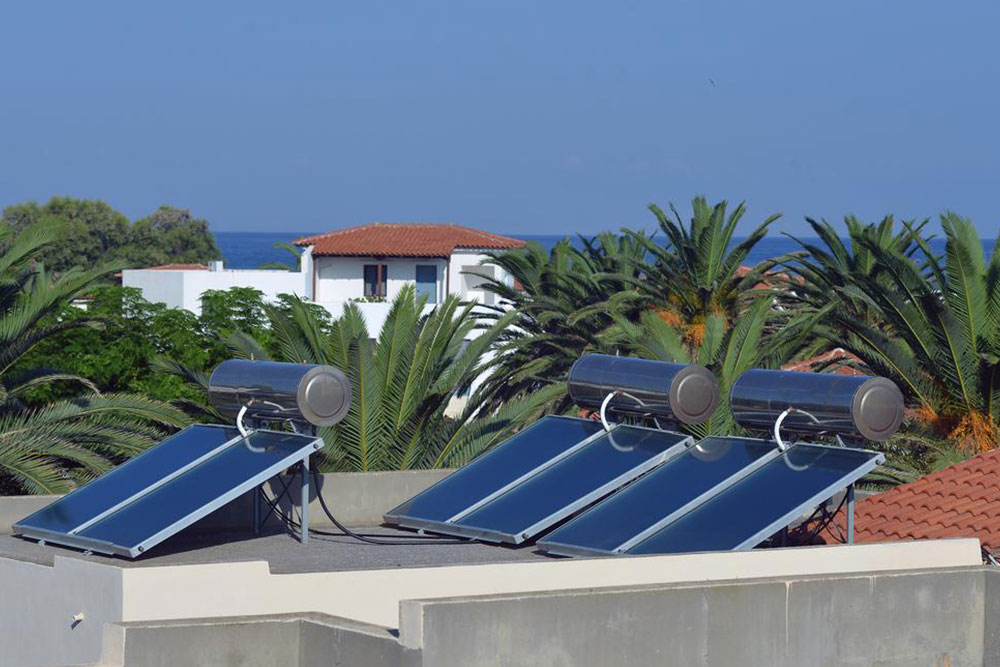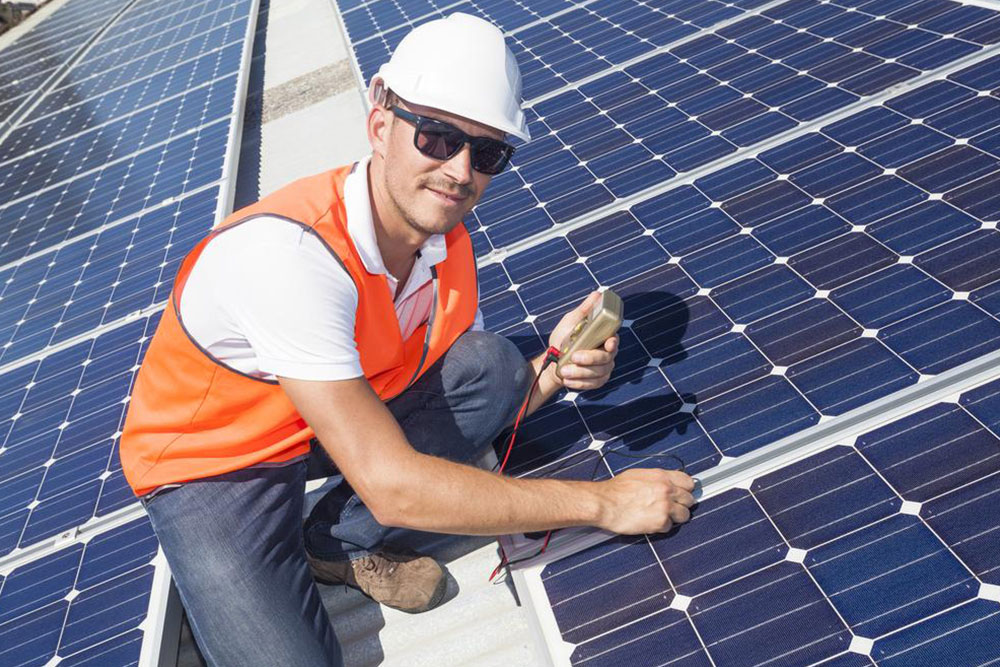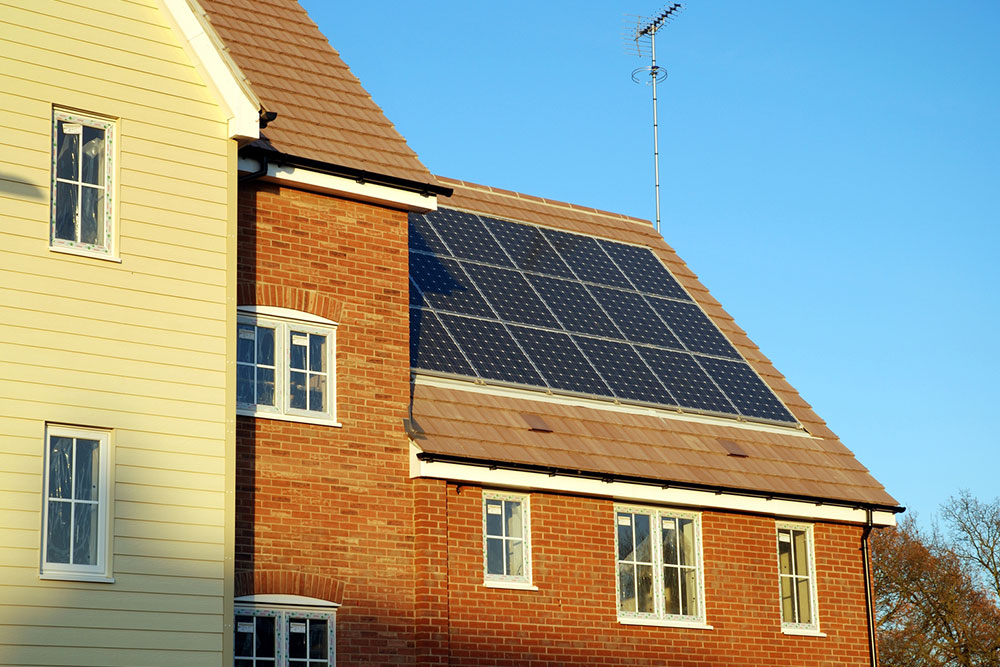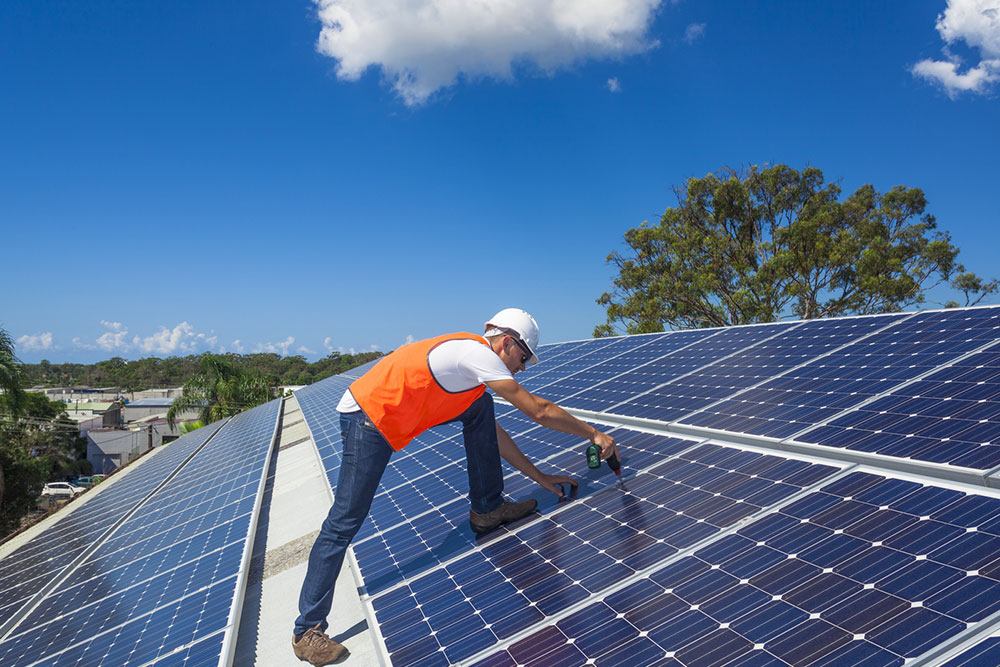Comprehensive Guide to Different Types of Solar Panel Systems
Explore the essential types of solar panels—monocrystalline, polycrystalline, and thin-film—to find the best fit for your home. Learn about their efficiencies, costs, and suitability for residential use to make an informed solar investment.
Sponsored

When considering solar energy for your home, selecting the right type of solar panel system is crucial. The main options include monocrystalline, polycrystalline, and thin-film panels, each with unique advantages suited for various needs.
Monocrystalline Panels
These premium panels, developed in the 1950s, are crafted from high-quality silicon cut into circular wafers. They provide the highest efficiency, up to 21%, and make optimal use of limited space, making them ideal for residential rooftops. Known for durability, they typically come with 25-year warranties but are more expensive due to manufacturing costs. Their superior performance in low-light conditions adds to their appeal.
Polycrystalline Panels
Made by pouring molten silicon into molds, polycrystalline panels are more affordable and produce less waste during manufacturing. While slightly less efficient than monocrystalline types, they are suitable for many residential applications. They require more space to generate the same power and generally have a shorter lifespan.
Thin-Film Panels
Constructed by layering photovoltaic materials such as amorphous silicon, thin-film panels are lightweight and flexible. Their resistance to shading and obstructions makes them popular in certain scenarios. However, their lower efficiency (7-13%) means larger installation areas are necessary, making them less ideal for space-constrained homes. They are also less weather-resistant and typically have shorter warranties.
Numerous online platforms like wholesalesolar.com and gogreensolar.com allow easy comparison and purchasing of different solar panel types. Choosing the right system depends on your budget, available space, and energy needs.





